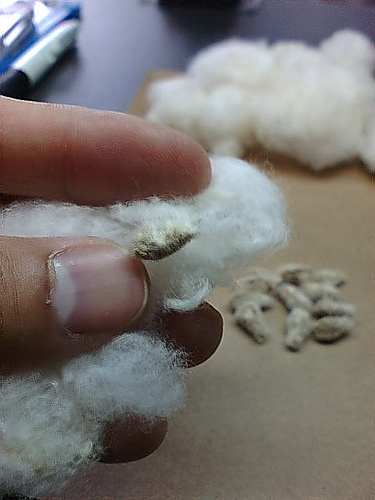MAT Kinase tells the story of some of a cool, weird, (and potentially deadly) fruit created using nothing but conventional breeding techniques in Plumalmodterine.
Steve Savage has the conversation with a Greenpeace campaigner I’ve always wanted to have with the people who can constantly be found soliciting money for similar organizations on my walk to work.
Steve’s post reminded me of this awesome (and freely available article) from Plant Physiology: Forbidden Fruit: Transgenic Papaya in Thailand* which is highly recommended reading for anyone interested in genetic engineering, the developing world, and the role of NGOs like Greenpeace.
I’m considering making this a regular feature. I often read cool articles, but it feels weird to put up a post that just says “go read this” when I don’t have anything of my own to add. Anyway, the test of whether this will be a feature or a fluke will be if I remember to post another one in a week.
*I know I’d previously mentioned this in my post on virus-resistant papayas, but I think there are at least several new readers since then and I’ve been dismayed to find out how little publicity this article seems to have received when it first came out.


